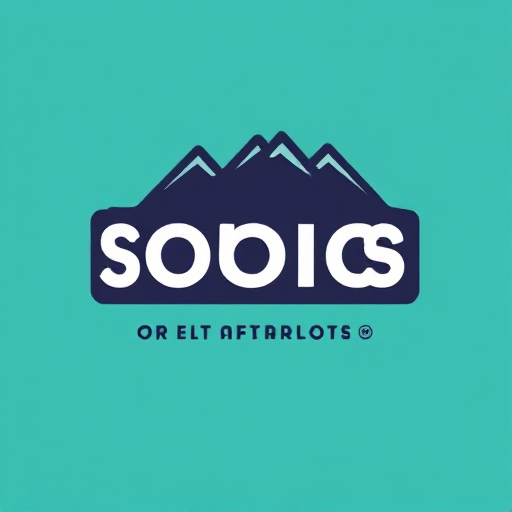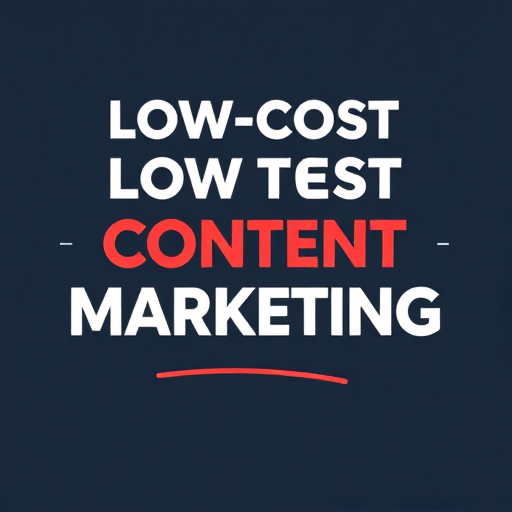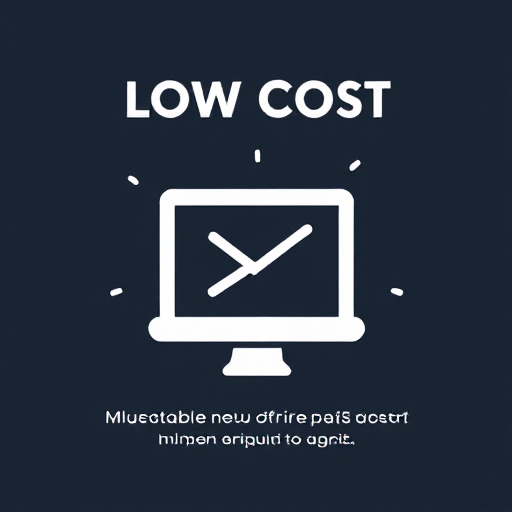Graphic Design and Branding for Small Businesses

Small businesses must establish a strong presence to stand out. One of the most effective ways to achieve this is through impactful graphic design and cohesive branding. These elements work hand-in-hand to create an identity that resonates with customers, communicates professionalism, and builds trust. Here’s an in-depth look at how graphic design and branding can empower your small business.
Understanding Graphic Design and Branding
Graphic Design refers to the art of combining visual elements like typography, imagery, and color to communicate a message. It encompasses everything from logo creation to website design, product packaging, and marketing materials.
Branding, on the other hand, is the process of crafting a distinct identity for your business. It includes your business name, logo, tagline, color scheme, tone of voice, and overall customer experience. Branding goes beyond visuals—it’s about how your customers perceive your business and the emotional connection they form with it.
The Importance of Graphic Design and Branding for Small Businesses
- First Impressions Matter: Your visual identity often serves as the first point of contact with potential customers. A well-designed logo or professional website can make a positive impression and draw people in.
- Building Trust and Credibility: Consistent branding and high-quality graphic design signal professionalism, which helps build trust. Customers are more likely to engage with a business that appears established and reliable.
- Differentiation: In a crowded marketplace, unique branding sets you apart from competitors. It allows customers to recognize and remember your business.
- Emotional Connection: Effective branding evokes emotions and fosters loyalty. When customers identify with your brand’s values and aesthetics, they’re more likely to become repeat customers.
- Support for Marketing Efforts: Good design enhances the effectiveness of marketing materials, making your messages more compelling and easier to understand.
Key Elements of Graphic Design and Branding
1. Logo Design
Your logo is the cornerstone of your branding. A great logo is:
- Simple: Easy to recognize and scalable for different uses.
- Relevant: Reflects your business’s values and industry.
- Memorable: Unique and distinct enough to stand out.
2. Color Palette
Colors influence emotions and perceptions. Choose a palette that:
- Aligns with your brand personality (e.g., blue for trust, red for excitement).
- Maintains consistency across all platforms and materials.
3. Typography
Fonts convey tone and professionalism. Use fonts that:
- Are legible across digital and print mediums.
- Reflect your brand identity (e.g., modern fonts for tech businesses, serif fonts for traditional brands).
4. Visual Elements
Incorporate consistent patterns, icons, and imagery that:
- Reinforce your brand identity.
- Create a cohesive look across all marketing materials.
5. Brand Voice and Messaging
Your brand’s voice should:
- Be consistent across all platforms, from social media to emails.
- Speak directly to your target audience.
How to Implement Graphic Design and Branding for Your Small Business
1. Define Your Brand Identity
Start by answering these questions:
- What are your business’s core values?
- Who is your target audience?
- What message do you want to communicate?
2. Work with Professionals
If your budget allows, hire graphic designers and branding experts. They bring expertise and can translate your vision into professional designs.
3. Use Online Tools and Resources
For small businesses on a tight budget, tools like Canva, Adobe Express, and Tailor Brands can help you create quality designs.
4. Maintain Consistency
Ensure your branding is consistent across all platforms, including your website, social media, print materials, and packaging.
5. Gather Feedback
Test your branding elements with a small group of customers or peers. Their insights can help you refine your designs.
Measuring the Success of Your Branding Efforts
- Customer Feedback: Positive comments about your brand’s appearance or identity are a good sign.
- Increased Recognition: Track how often customers recognize and recall your brand.
- Sales Growth: Strong branding often leads to higher customer engagement and sales.
- Social Media Engagement: Monitor likes, shares, and comments on branded content.
Graphic design and branding are indispensable for small businesses aiming to establish a memorable and trustworthy presence. By investing time and resources into creating a cohesive brand identity, you can attract more customers, foster loyalty, and differentiate yourself from competitors. Whether you’re starting from scratch or refreshing your existing branding, prioritizing these elements will set your small business up for long-term success.






